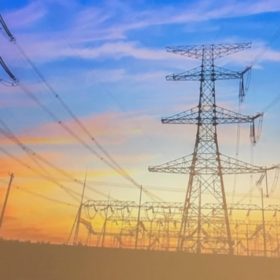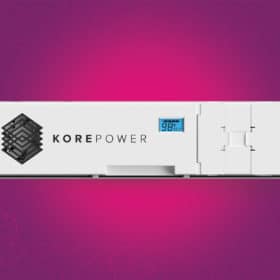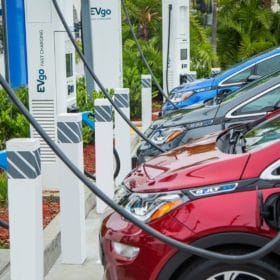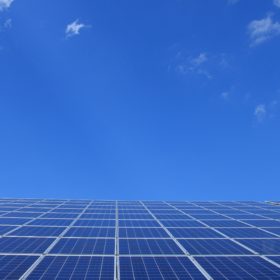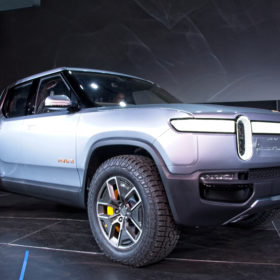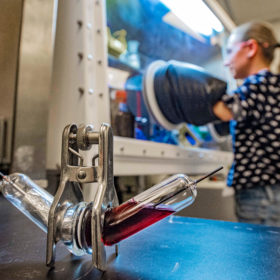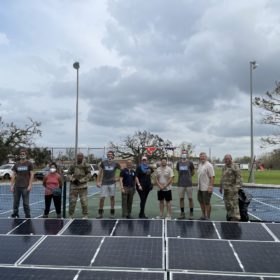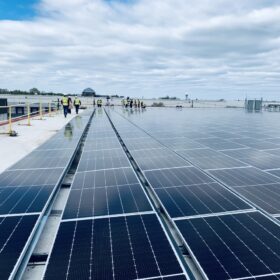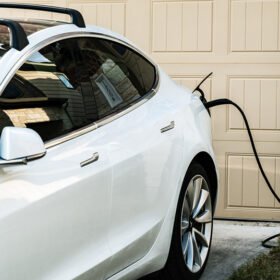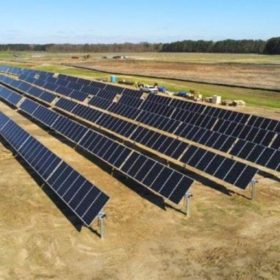Sunrise brief: Bill Gates-backed battery startup secures $144m in funding
Also on the rise: LS Power launches Rev Renewables, El Paso Electric issues an RFP for renewables, and Biden’s infrastructure agenda clears one big hurdle but faces still more.
Sunrise brief: Solar+storage gains a solid foothold across the U.S. grid
Also on the rise: Three startups that aim to change the solar and clean tech sectors, battery companies join effort to improve cycling performance, solar PV shipments rose in 2020 as demand grew and costs fell, and more.
Tesla sells Maxwell Technologies but keeps its dry cell tech for lithium-ion batteries
Tesla acquired the supercapacitor maker in 2019, but has since moved on and sold the unit to UCAP-Power, while keeping the company’s dry electrode tech.
Arizona chosen as site for 12 GWh lithium-ion battery facility
Kore Power plans to bring its KOREPlex manufacturing facility to Maricopa County, Arizona, marking one of the first lithium-ion battery manufacturing facilities wholly owned by a U.S. company.
CATL claims to have made sodium-ion batteries a commercial reality
Researchers have been keen to make the technology work as it offers a cheaper, more environmentally friendly alternative to lithium-ion products.
Startup invents breakthrough non-toxic battery electrolyte that’s cheaper ‘by factor of 100’
It’s a breakthrough so simple that the Australian patent office needed convincing it counted as an invention.
Sunrise brief: Startup raises $200 million to back its ‘breakthrough’ energy storage battery
Also on the rise: Developers scrap an 850 MW solar project after local objection, Rivian plans a second EV plant in the U.S., Ohio regulators consider another 470 MW of solar, and more.
Rivian plans second plant to produce EV trucks and batteries
The Amazon-backed automaker is exploring U.S. locations to produce its electric truck and battery cells.
Sandia researchers develop new grid-scale energy storage battery
The battery operates at 230 degrees Fahrenheit, opening what researchers said could be “a whole cascading cost savings” including everything from less expensive materials to less insulation.
Start-up unveils 3.6 kWh portable battery for independent power supply
The system can be expanded to a capacity of up to 25 kW, and its creator is using a Kickstarter platform to raise R&D money.
